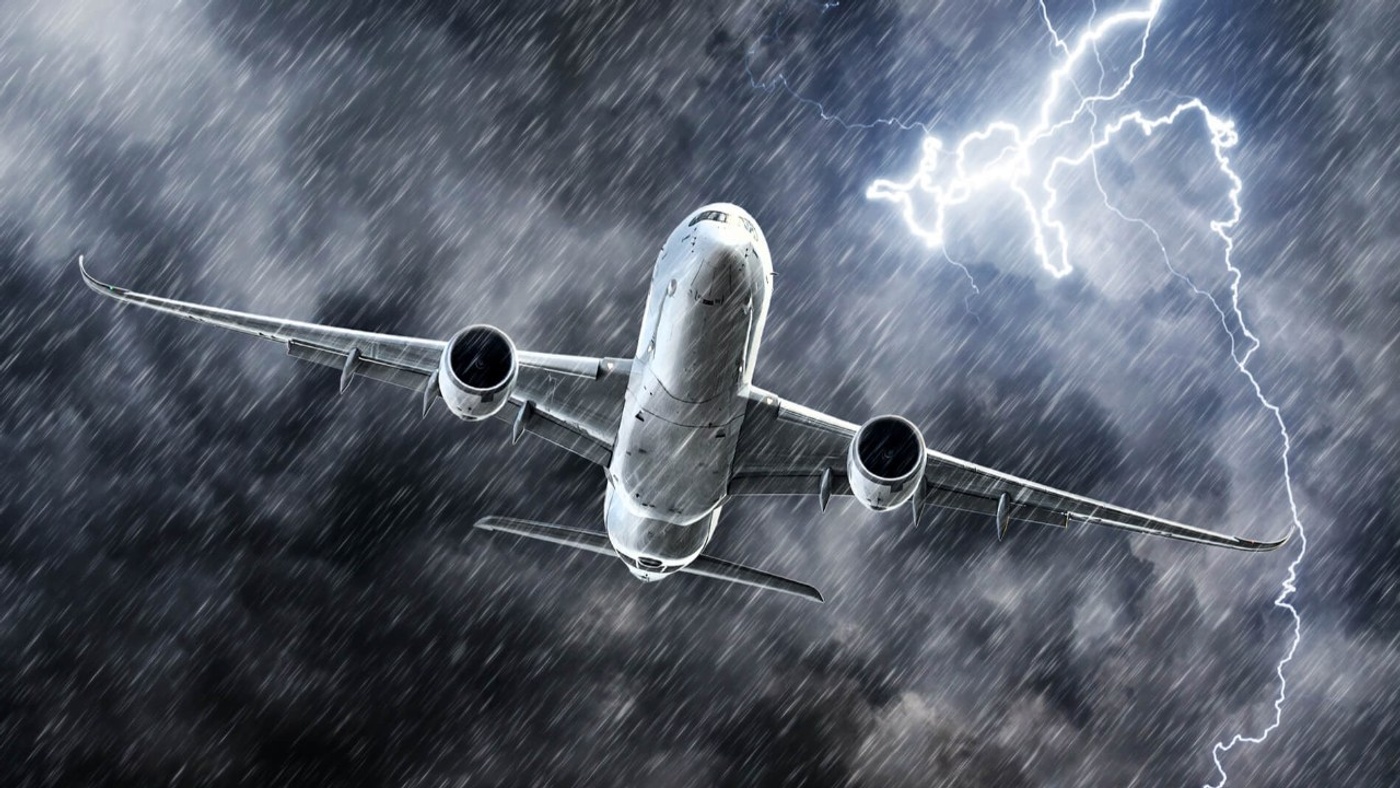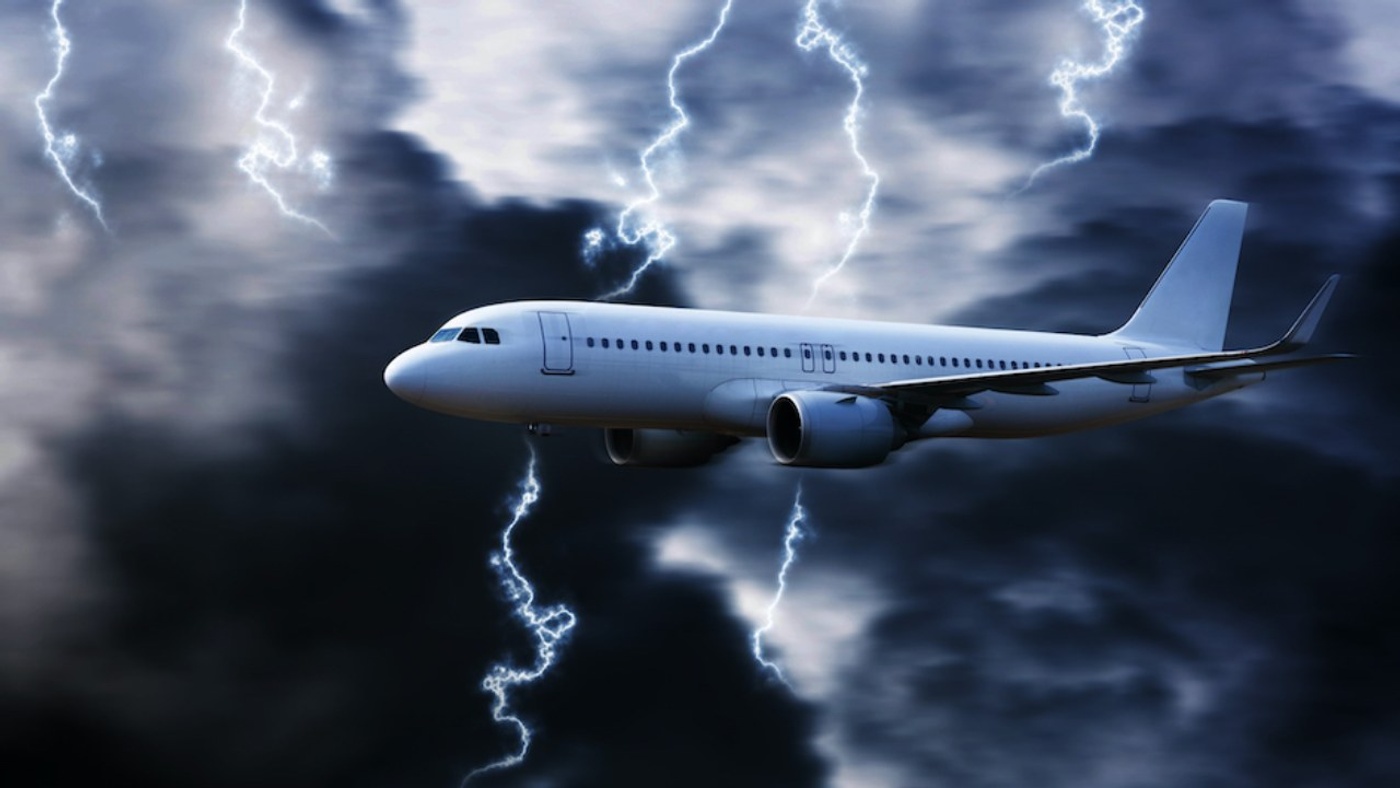Lightning strikes are one of the most impactful natural phenomena and pose a potential hazard, especially for aircraft traveling at high altitude. So how are airplanes protected against lightning strikes? The answer is 19. based on the Faraday cage principle, a century-old invention.
Faraday Cage and Aircraft Safety

In 1836, Michael Faraday discovered that the electric charge inside a conductor exists only on the outer surface of the conductor and does not affect anything inside. This finding revolutionized the design of airplanes. Airplane fuselages essentially function as a Faraday cage, and when lightning strikes, the electric charge spreads along the outer surface and passes through the plane without harming passengers.
Effects of Lightning Strikes on Aircraft

Thanks to this technology, airplanes can usually continue safely after a lightning strike. The housing effectively distributes the electric current, protecting important systems and the interior cabin. But lightning strikes can sometimes cause minor electronic failures or temporary navigation problems, which is why pilots receive special training for such situations.
In summary, lightning strikes on airplanes are not as rare as one might think. Modern aviation technology is designed to prevent such incidents from having serious impacts on passengers and crew. The Faraday cage principle remains one of the most important elements to improve safety in aviation. Lightning strikes on airplanes serve as hidden heroes for our safety at the point where technology and science meet.
Source: Scientific American


